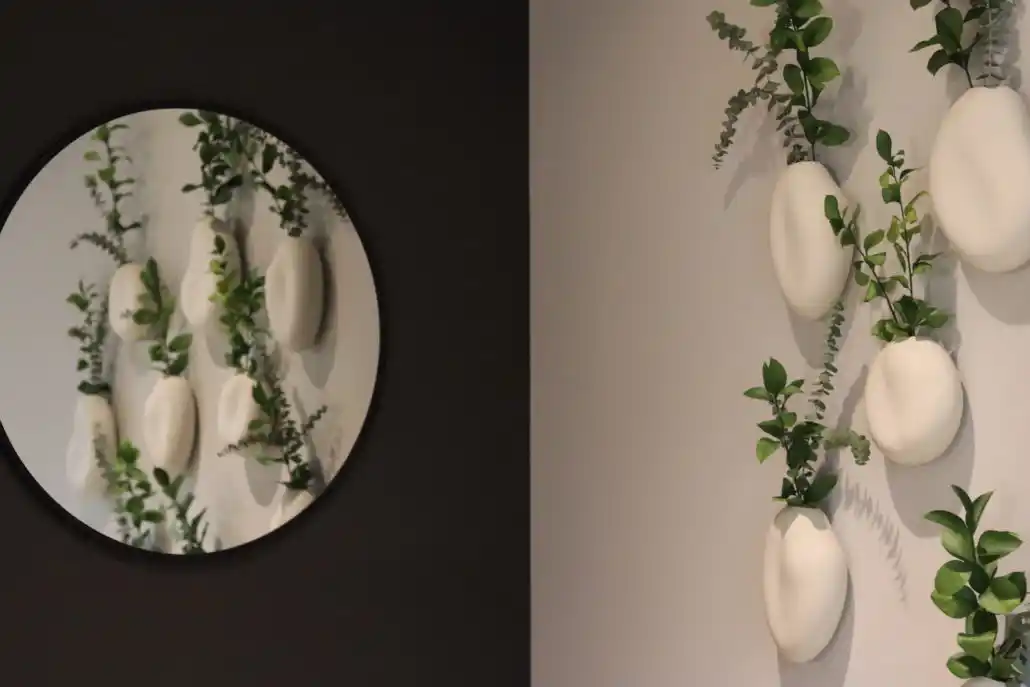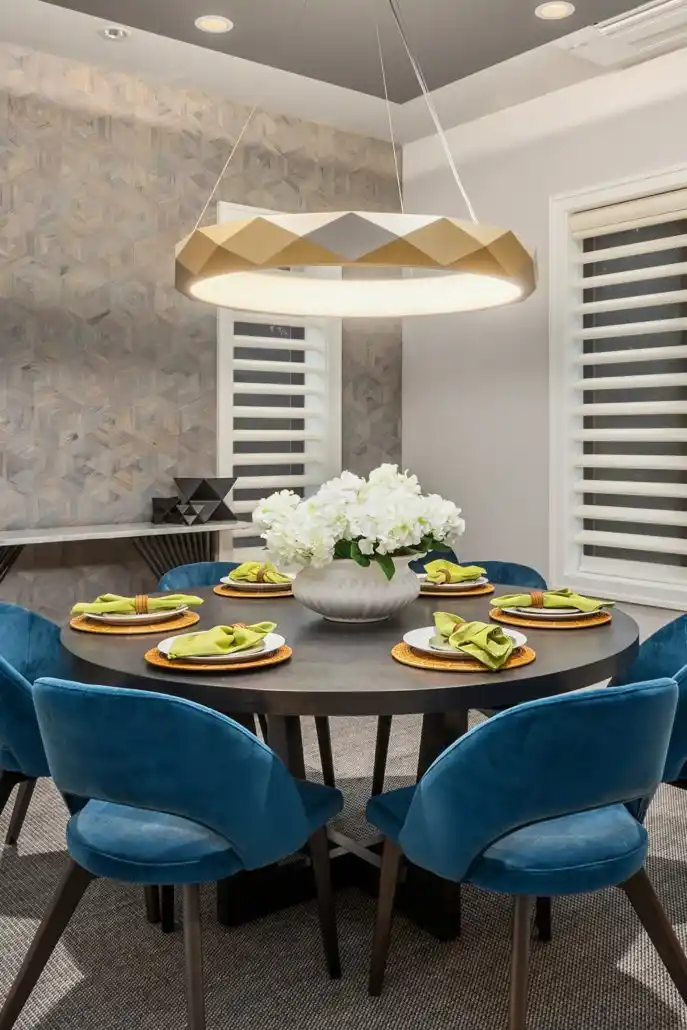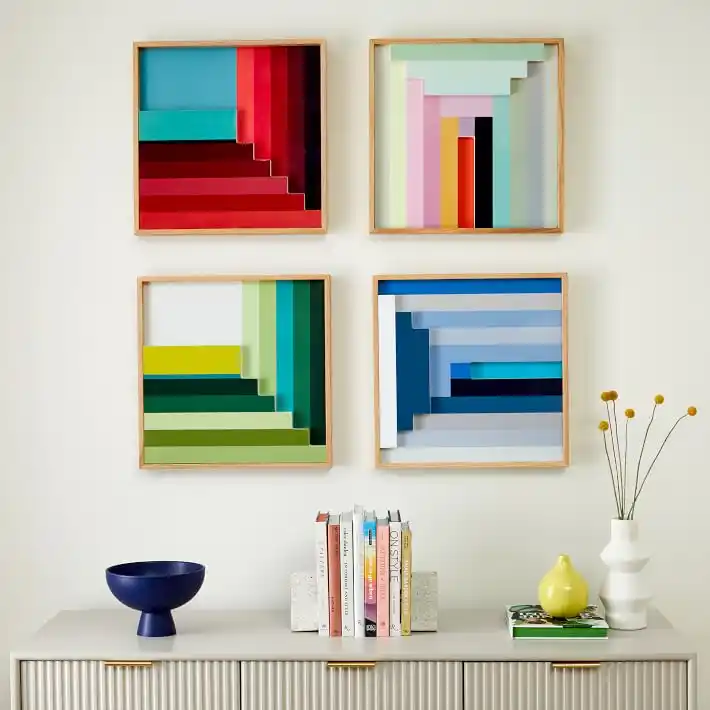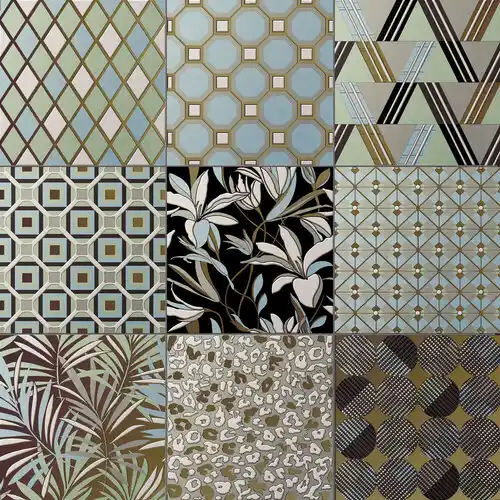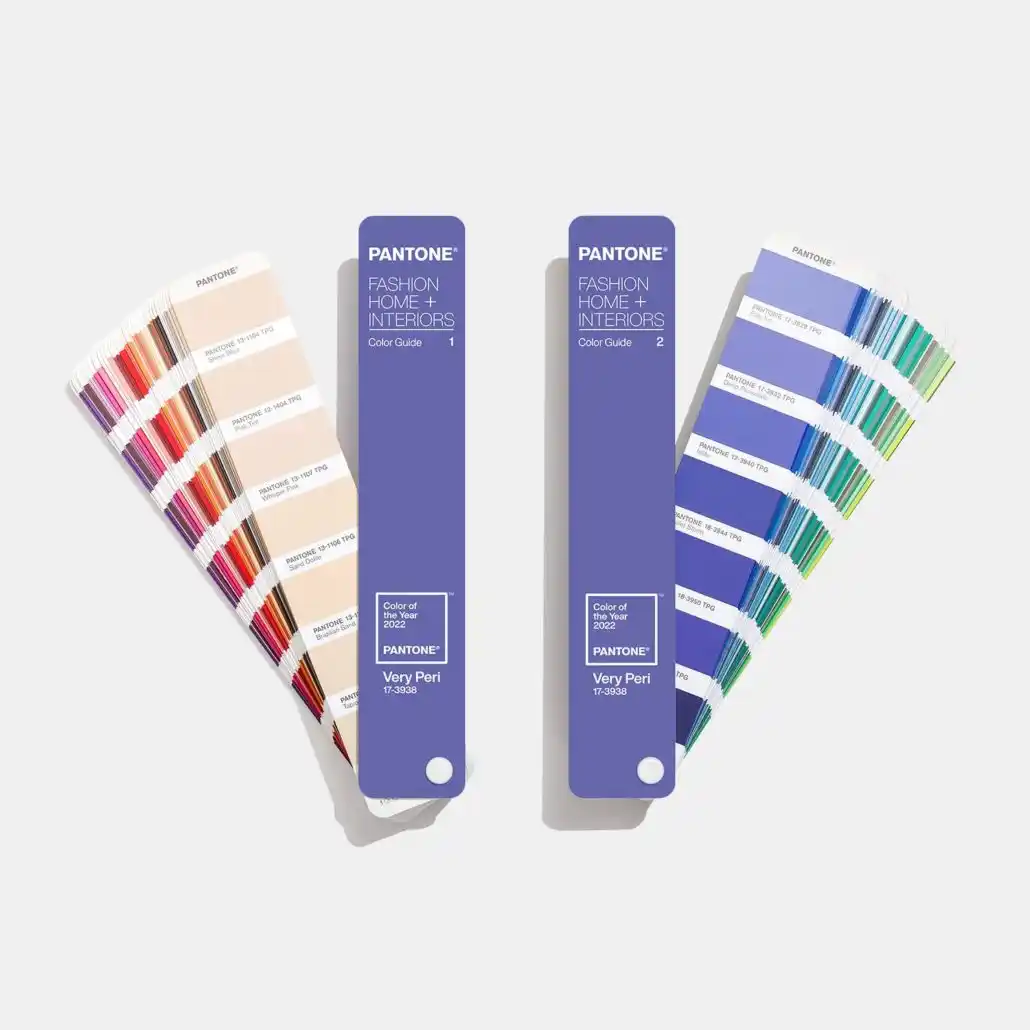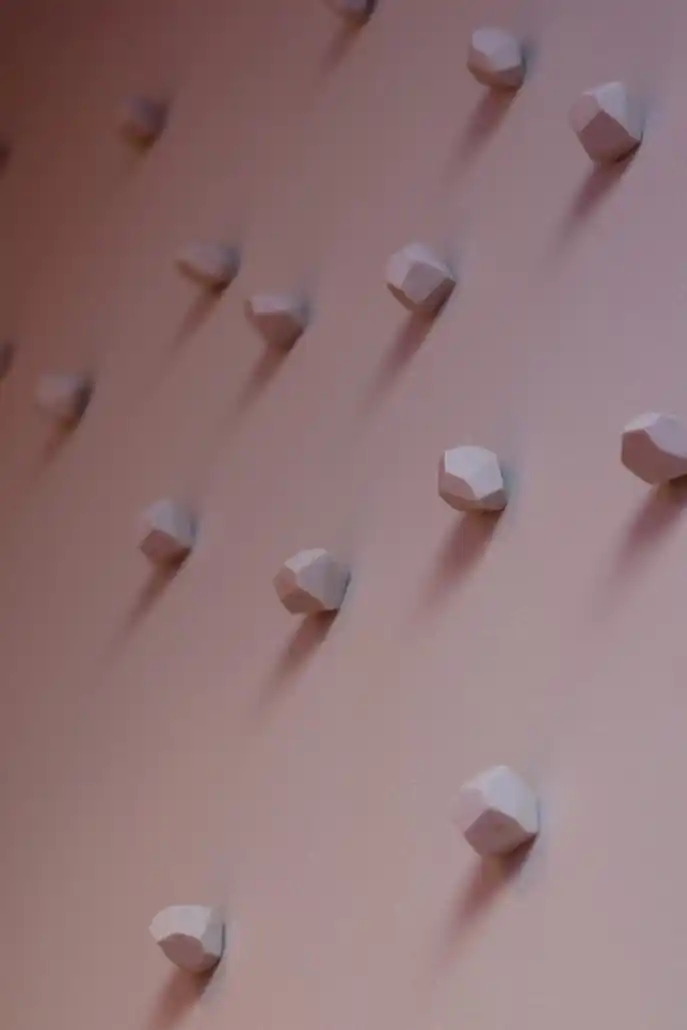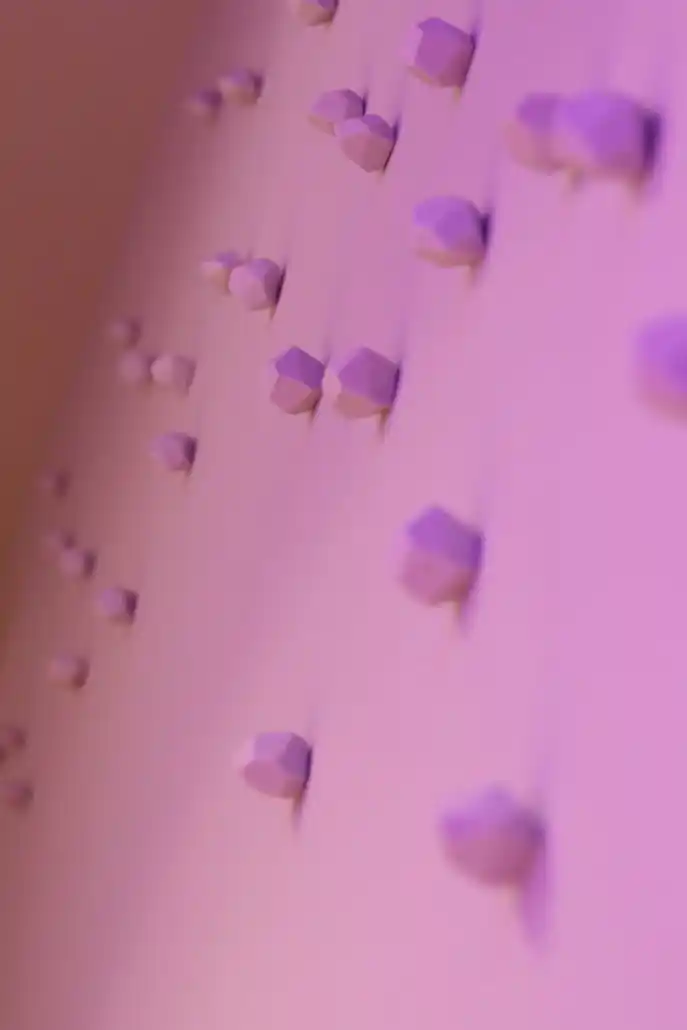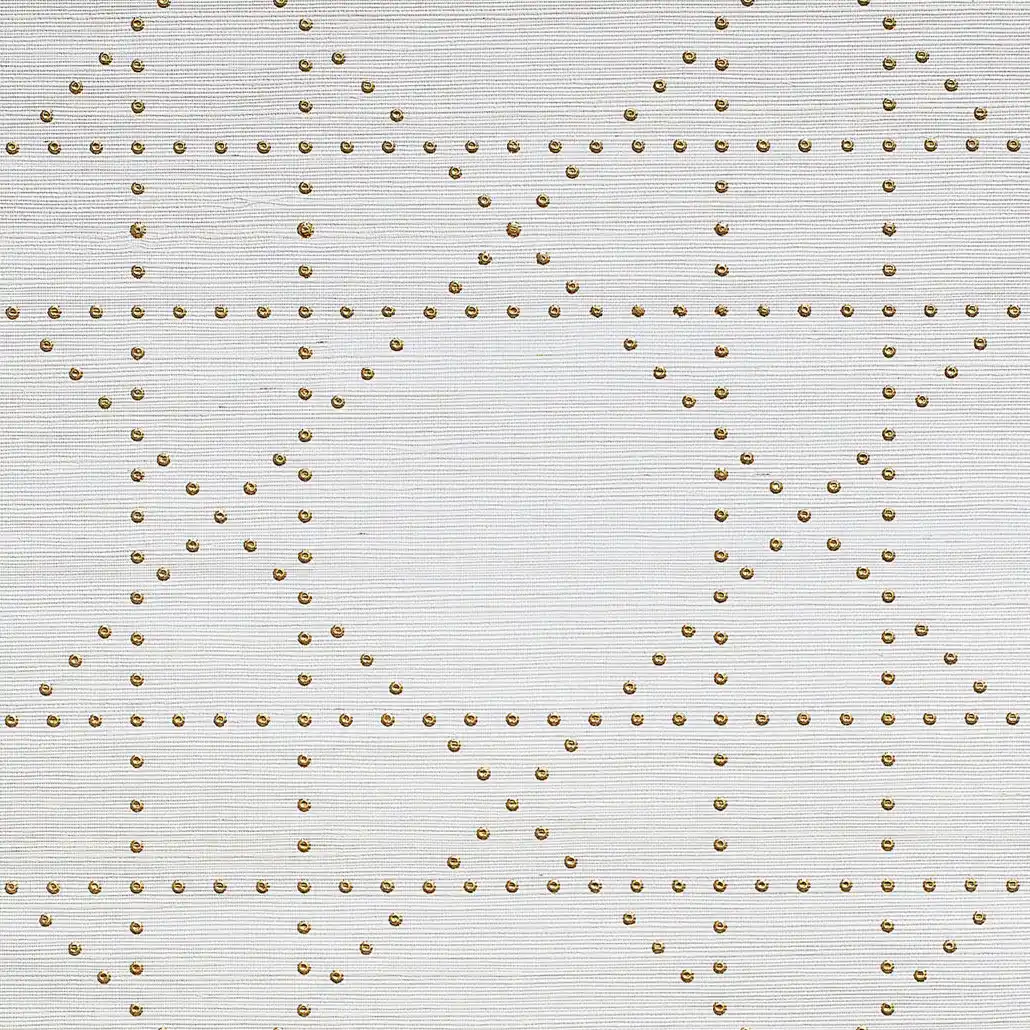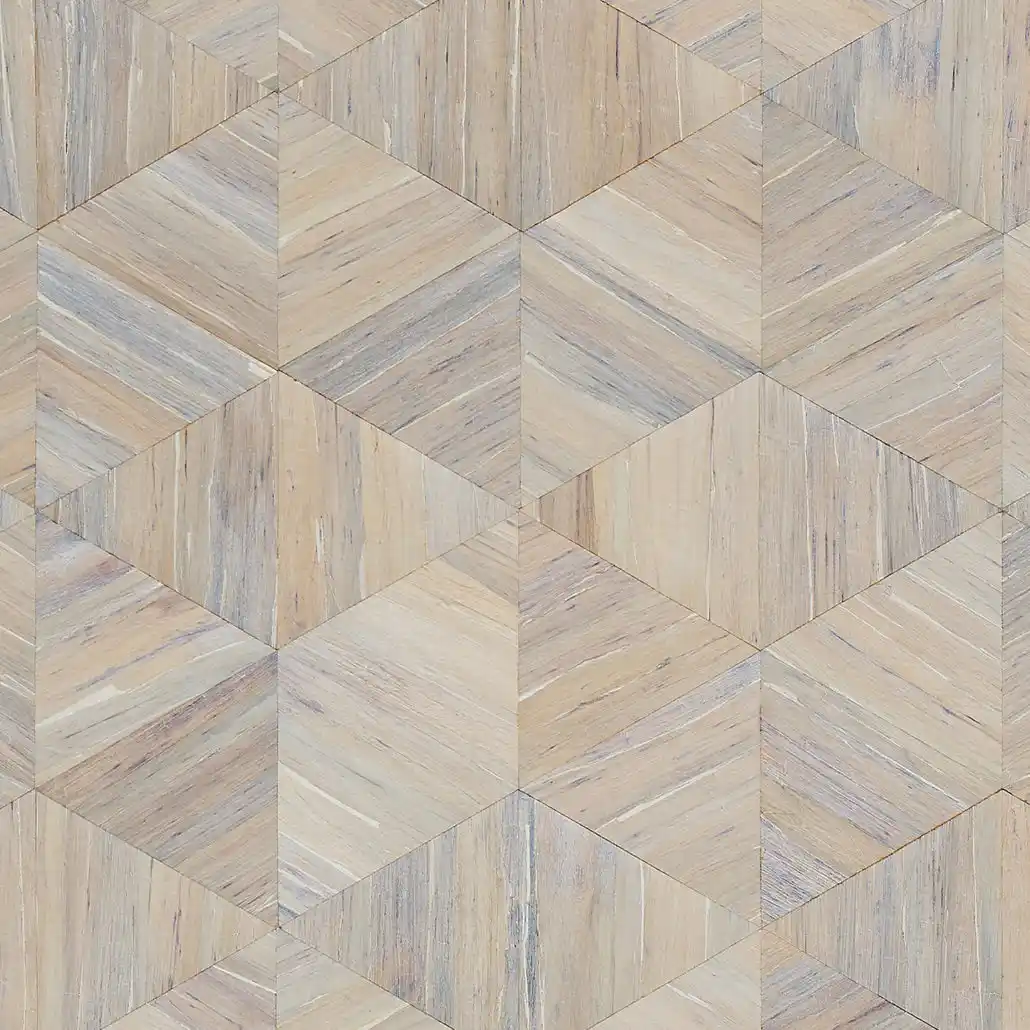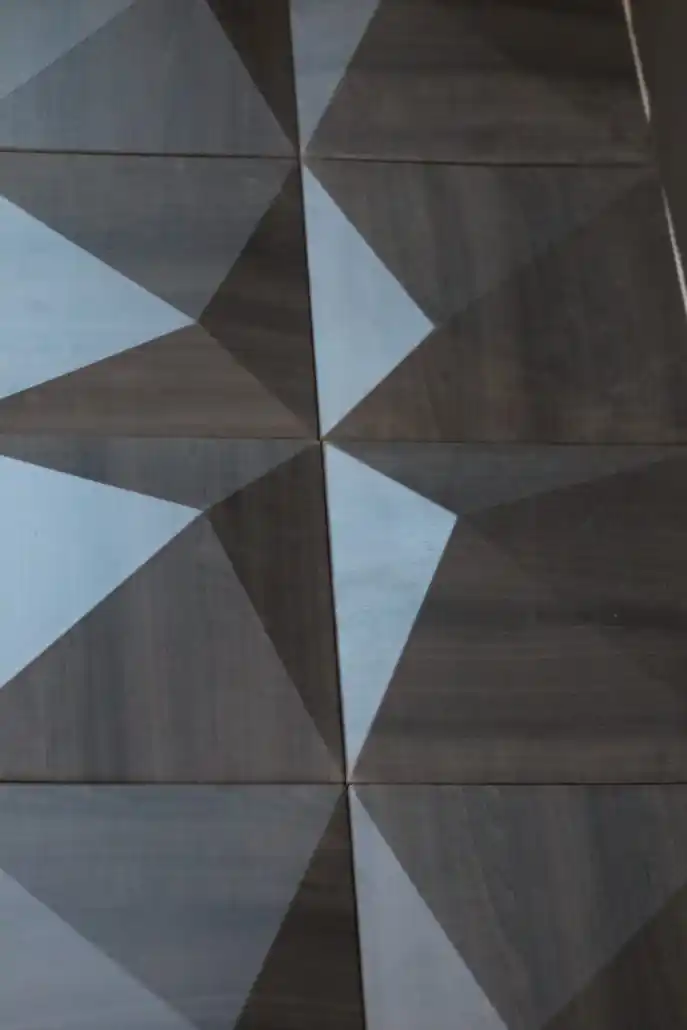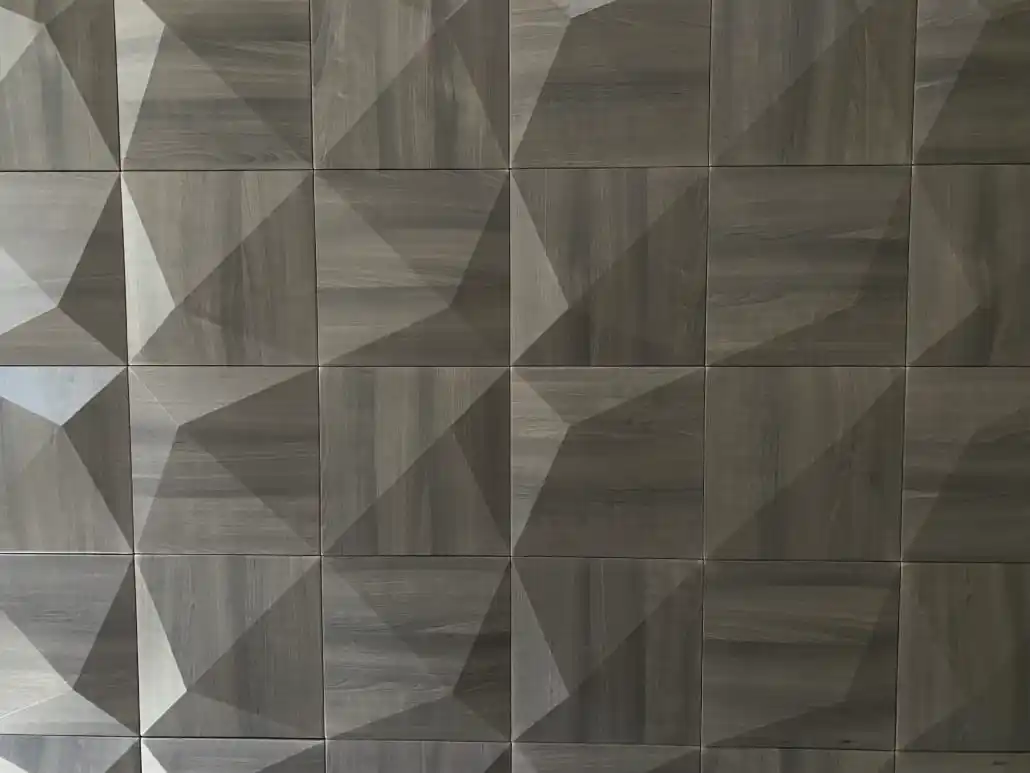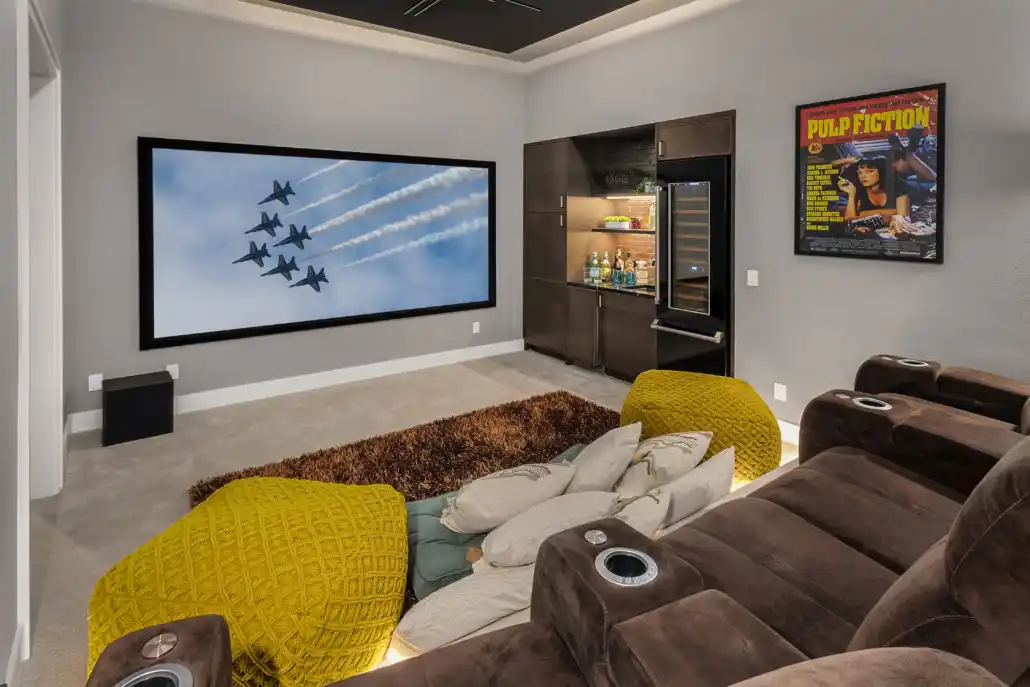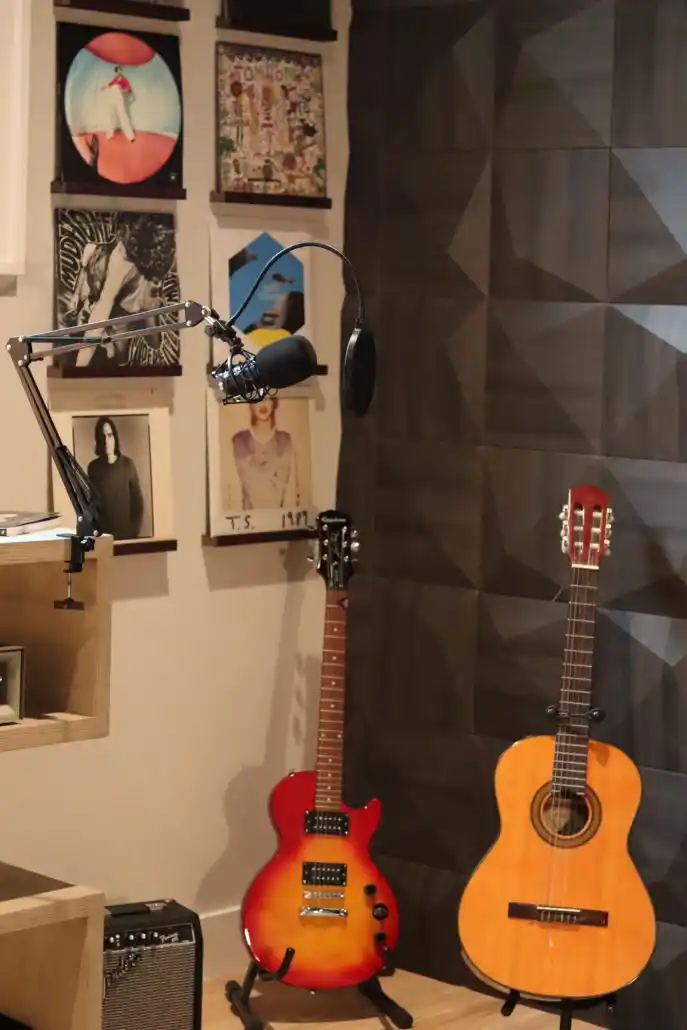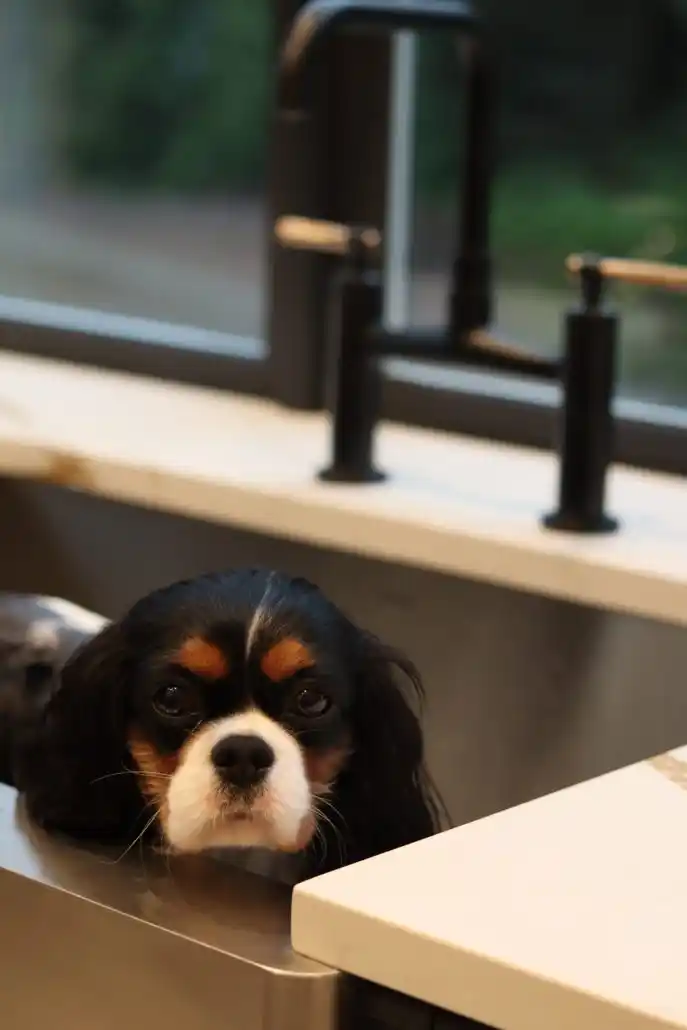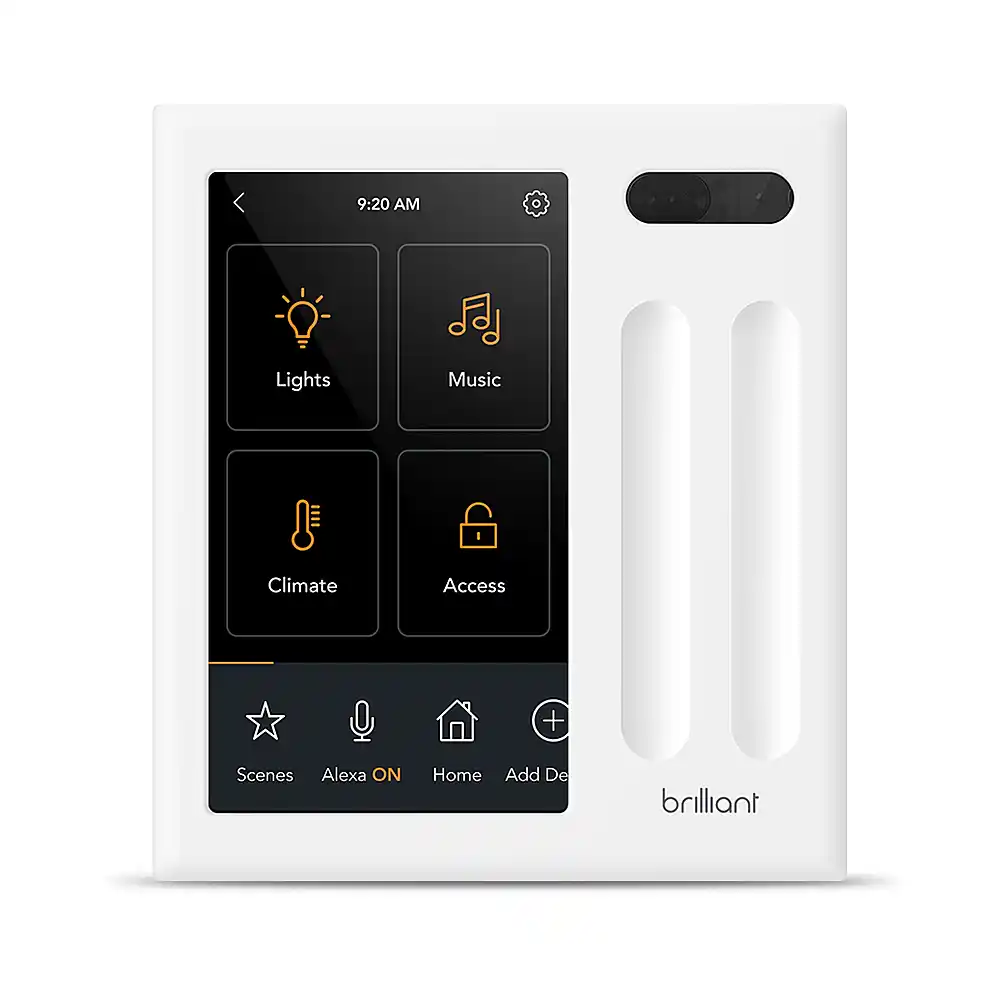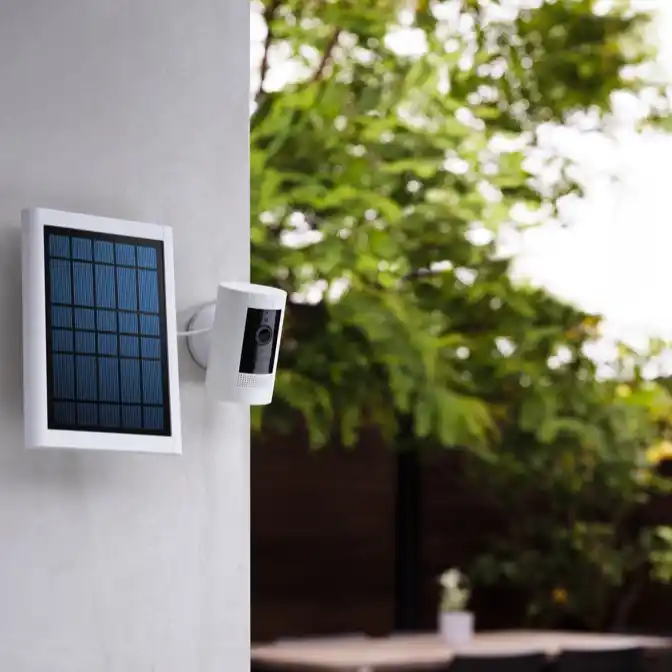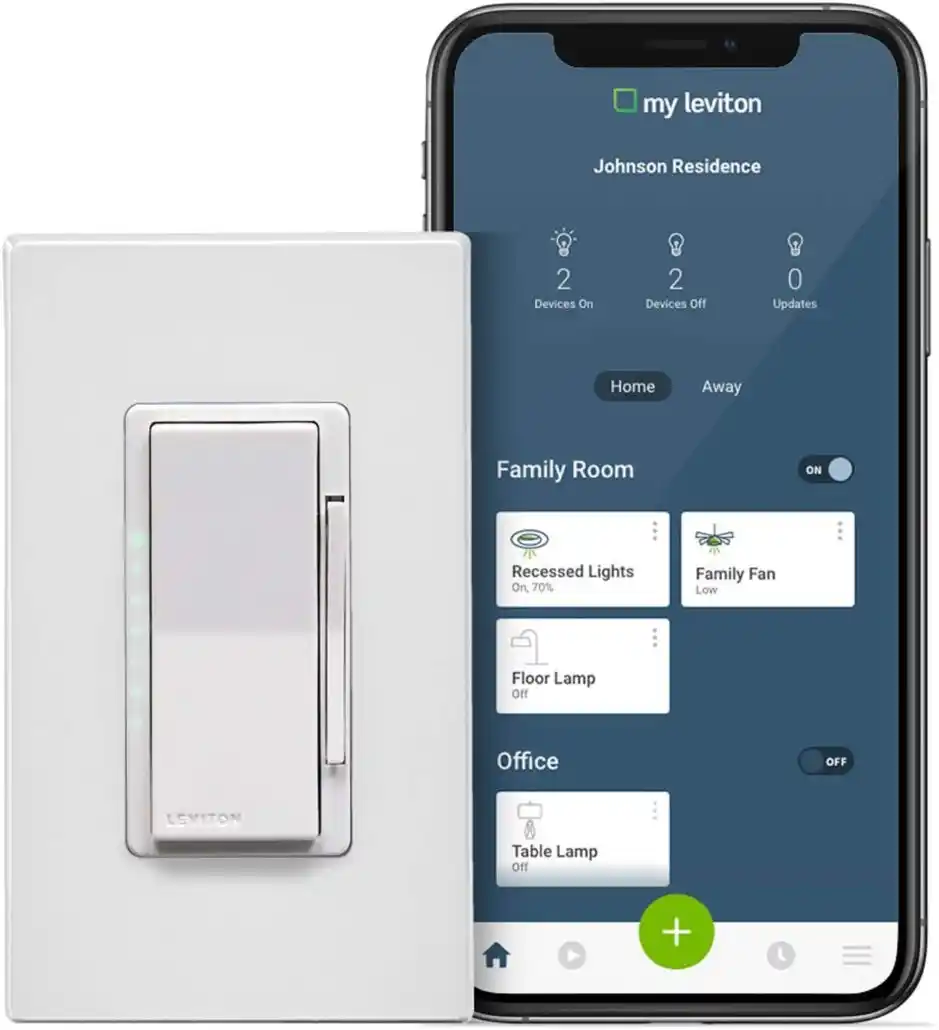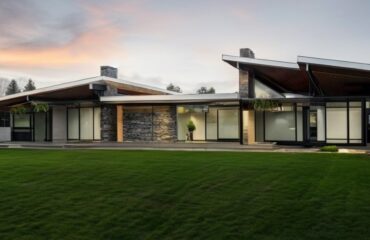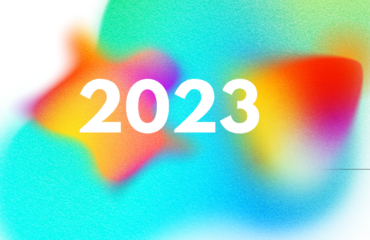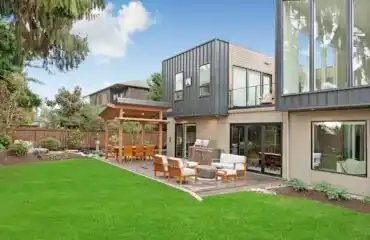While design trends come and go, and they can be difficult to predict, we are here to share our insights on what we believe 2022 will bring to the table.
Biophilia & Biomimicry in Design
What is biophilia and biomimicry in design? They are similar in that both attempt to blur the boundaries between the indoors and outdoors, however, biomimicry focuses on mimicking nature where biophilic design focuses on incorporating natural elements (such as live plans) into the design itself.
- Bringing the outside in
- Organic architecture
- Inspired by nature and natural elements
- Natural surfaces
- Live plants
- Intentional natural lighting sources
Green Building Standards + Sustainability
A major trend we saw in 2021 that will surely continue throughout 2022 is an emphasis on going green, sustainability, and environmentally sound design. Living in an era with such a heavy emphasis on healthy lifestyles has caused us to reconsider how our living spaces play a role in our overall wellness and how the overall wellness of our planet is effected by our livings spaces. Additionally, sustainability has increased in demand with clients who are looking to build custom homes.
There are many facets and benefits to green building, for instance: energy efficiency, material sourcing, water usage, reducing chemicals used in interior finishes, and site characteristics. With this in mind, we aim to build and certify as many green built homes as possible through the Built Green program.
Built Green is the green home certification program of the Master Builders Association of King and Snohomish Counties. It focuses on sustainability, inclusion, and excellence by example. Similar to LEED, the Built Green certification program is one of the most advanced programs in the country. It acts as a great example of how to design green buildings that cohesively interact with the local environment. Lochwood-Lozier is following suit to not only accommodate our clients, but also because of the ethical responsibility in building the ‘right’ way.
So, how does green building relate to design?
Incorporation of…
- Recycled and synthetic materials
- LEED-certified materials
- Energy efficient appliances
- Solar panels and energy recovery systems
- Skylights & daylighting
- Ductless air filtration systems
- Electric car charges
- Electric fireplaces
Minimization of…
- Light pollution
- Off-gassing materials
- Water waste
- Escaping air & heat
“Supply chain issues due to the pandemic made it difficult to purchase new items. As a result, many people chose to reuse, recycle and repurpose their existing furniture, or purchase pre-owned furniture locally to redecorate. Recycling, repurposing, and restoring older pieces and giving them a new updated look and life is sustainable, eco-friendly, and a wonderful trend that will most likely continue.”
– Melissa Mack, Om In The Home
Antiques/Vintage in Design
Introducing antiques and vintage furnishings into design will result in an intriguing mix of styles, giving your home a collected, eclectic, and one-of-a-kind feel. Similar to using recycled materials throughout the building process, people are sprinkling antique and vintage pieces into their furnishings as opposed to buying new. In addition to being more eco-friendly, vintage décor maximizes the sentimentality and personality of the space.
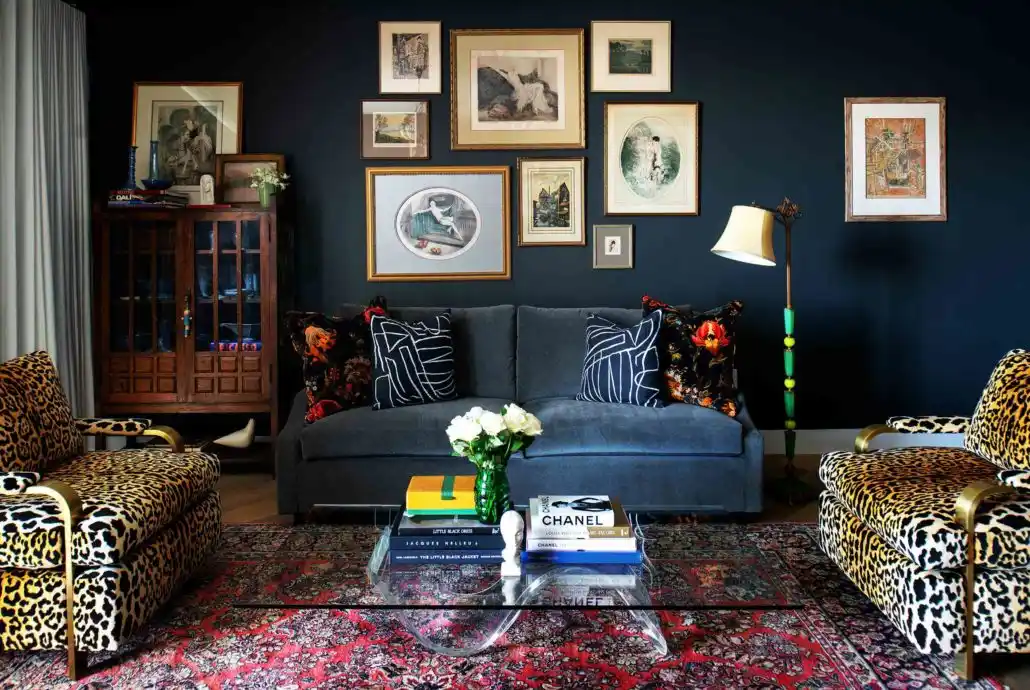
Design With Bold Patterns & Colors
Neutrals and bright whites will always be a timeless classic in design, but we are receiving more and more requests for dramatic and daring colors. Not just in paint, but in furniture, artwork, and other accent pieces as well. After all, people want unique designs curated to their own original taste! For example:

Color-Pop Furniture 
Color Block Art 
Basket of Gold 
Cold Metal Mix 
RGB LED Strip Lighting
- Looking to try something new in your design? Test out the 2022 Pantone Color of the Year!
- PANTONE 17-3938 Very Peri
- “Very Peri displays a spritely, joyous attitude and dynamic presence that encourages courageous creativity and imaginative expression”
- PANTONE 17-3938 Very Peri
Tactile & Engaging Materials
In addition to engaging colors, the presence of surfaces that make you want to interact with them a tactile way is on the rise. We’ve become painfully aware of how layouts and aesthetics of a room can affect our energy and productivity levels. The approach of layering with more textures and 3D elements provides an opportunity for homeowner’s to directly address their vibrational needs within their space. Some things we have been trying (and loving) are:
- Dimensional Art Installations
- Textural Wallpapers
- 3D Wall Panels
Multi-Purpose/Flex Spaces
Open floor plans are being exchanged for more defined, intentional spaces. In this time of post-pandemic architecture the importance of creating a lifestyle sanctuary has become more prominent. Since we’ve become more accustomed to working from home, sheltering in place, and spending more time inside, we are seeing an higher need for separated rooms and multi-use areas. To name a few: home offices, home theaters, gyms, classrooms and studies, craft rooms, spaces to work on ‘side hustles’, and places for pets. To illustrate how this can be implemented, here are some examples from one of our recent projects:
Smart-Home Technologies
Lastly, a new year means new and exciting innovations on the technology front! Based on what we saw in 2021, we can make an educated guess on where things are going this year.
- Whole-House Automation
- Robots
- AI integrations
- Smart sensors
- Programable mood lighting
- Security cameras
- Air quality equipment/ventilation systems
In brief, be bold this year and try something new! Though our homes are meant to reflect our own aesthetics, staying up to date on the most recent fads can offer a breath of fresh air. 2022 has all the fixings to be a incredibly stylish year!


